Easy Ways to Protect Your Log Home from Insect Damage

Log homes are loved by many because of their natural look and the countryside feeling they create. Sadly, these homes are loved by several insects, and they won’t fail to show this love by eating it down if possible. This is one of the reasons why some people are not so hyped about log homes.
Thankfully, you can both repair and protect your home from such damage. You can hire a log home insect damage repair service to help you deal with such damages, or you can do it yourself if you are handy. Regardless of who does the heavy lifting and the dirty work, here are some easy ways to repair and protect your log home from insect damage:
Locate and Fix Rotten Wood
Even without the activities of insects, it’s likely that some parts of the building will get rotten. There’s an easy way to tell that you have some rotten wood somewhere. A telltale sign that you have rotten wood is the presence of carpenter ants in and around your home. These ants feed on rotten wood, which is why you find them around.
To locate and fix the rotten wood, do the following:
- Check inside and outside the building for sawdust. This might lead you to the location of the rotten wood.
- Follow the trail of the carpenter ants. Doing this might also lead you to rotten wood.
- Another way to locate the rotten wood is to do a general and thorough inspection of the building.
- Once you find the rotten wood, fix it or replace it as the case might demand. If the fixing or replacement process is above your skill level, call the professionals.
Cover Holes and Cracks
Most log homes are usually sealed after they are erected. As a result, many do not think that there are holes and cracks in the building. Sadly, the expectation is not always the reality, as cabins can still have cracks, holes, and leaks around the doorframes, windows, and attic.
In addition, you might even find gaps between some log courses. This is usually the case when the chinking breaks down. You might also see holes in the building exterior if powderpost beetles, long-horned beetles, etc., live around your building.
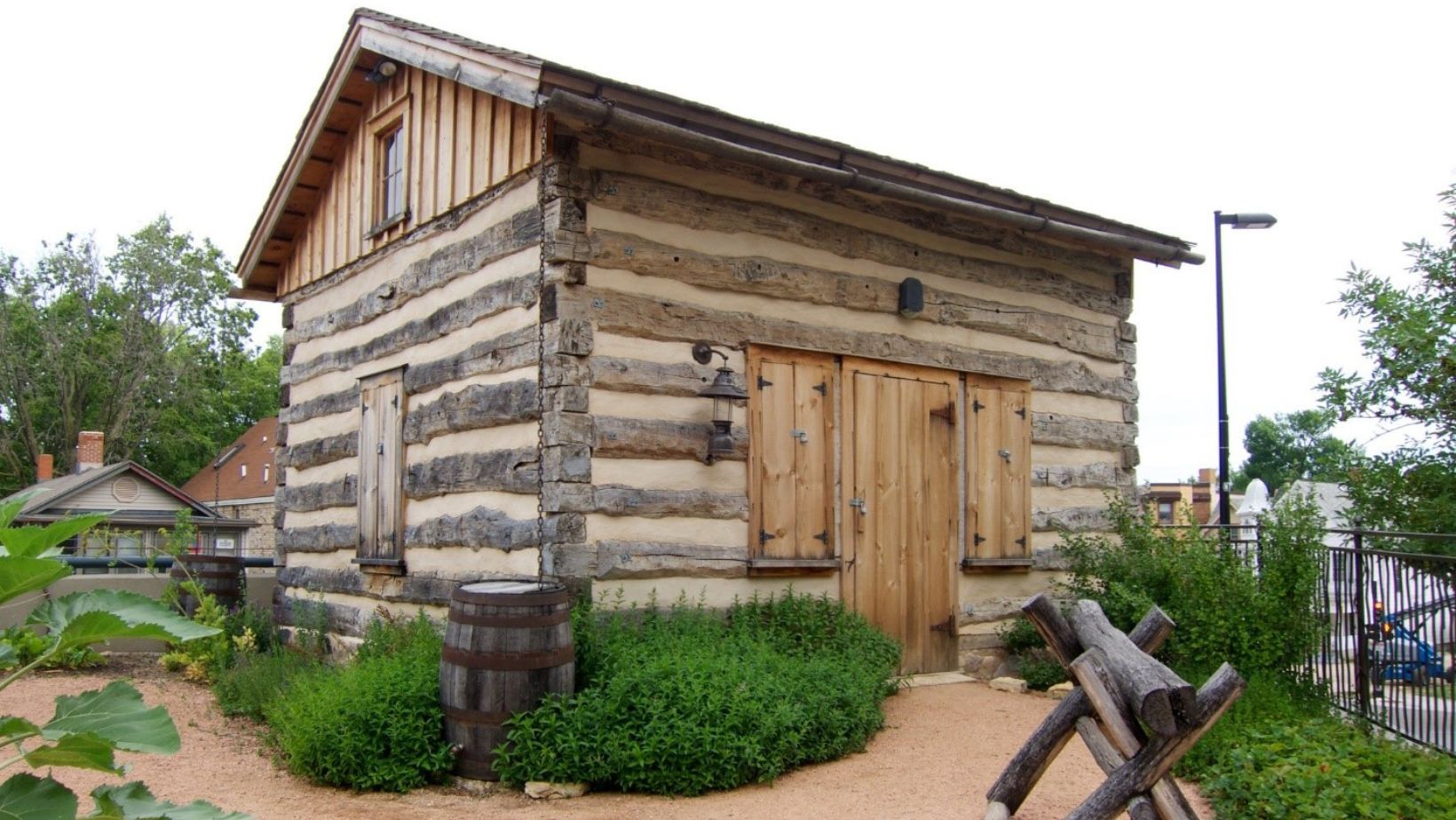
To cover the holes and cracks, do the following:
- Apply caulk around the doorframes, windows, and other parts where the building’s wall touches the floor or ceiling. You can read this articleif you need a step-by-step guide on how to patch holes with caulk. The caulk will seal the holes the boring insects created.
- Redo your building if it has started chinking. You can do this yourself, or you get an expert.
Examine your Roof
A new roof will not only keep the rain and other natural elements out, but it will also prevent insects, especially winged insects from coming in. On the other hand, older roofs might be inviting insects into your home. A sign that you need to examine the roof immediately is the presence of buzzing flies clustering around your building.
Except you are a building engineer or good with construction, this task should be left to your contractor. Ask them to check the areas where the roof is joined, such as the plywood joints for holes. They should check whether the sealant is still in place. If they aren’t, they should be sealed with high-quality caulk. We recommend that you do this check routinely, preferably each fall.
Repair Leaky Pipes
Leaky pipes are not normal, but nearly everybody has had to deal with a leaky pipe. Apart from being frustratingly annoying, these leaks can damage your home. For a log building, the damage extends beyond water damage to insect damage. Leaks attract carpenter ants, which is why you will find them in areas with leaking water.
If you see these ants, do the following:
- Keep a borate bait around the area. The ants will take the bait to their colony, which will kill the colony.
- After killing the ants, you need to fix the pipes before another colony is attracted to the leak. You can fix the pipe yourself or get an experienced plumber.
Make Sure the Foundation Remains Dry
While leaky pipes invite carpenter ants, damp foundations attract termites. These insects are far more destructive than carpenter ants and can do great damage without you seeing them. You can visit https://www.thespruce.com/to learn more about common insects that eat wood and how to identify them. Thankfully, they leave signs behind of their presence.
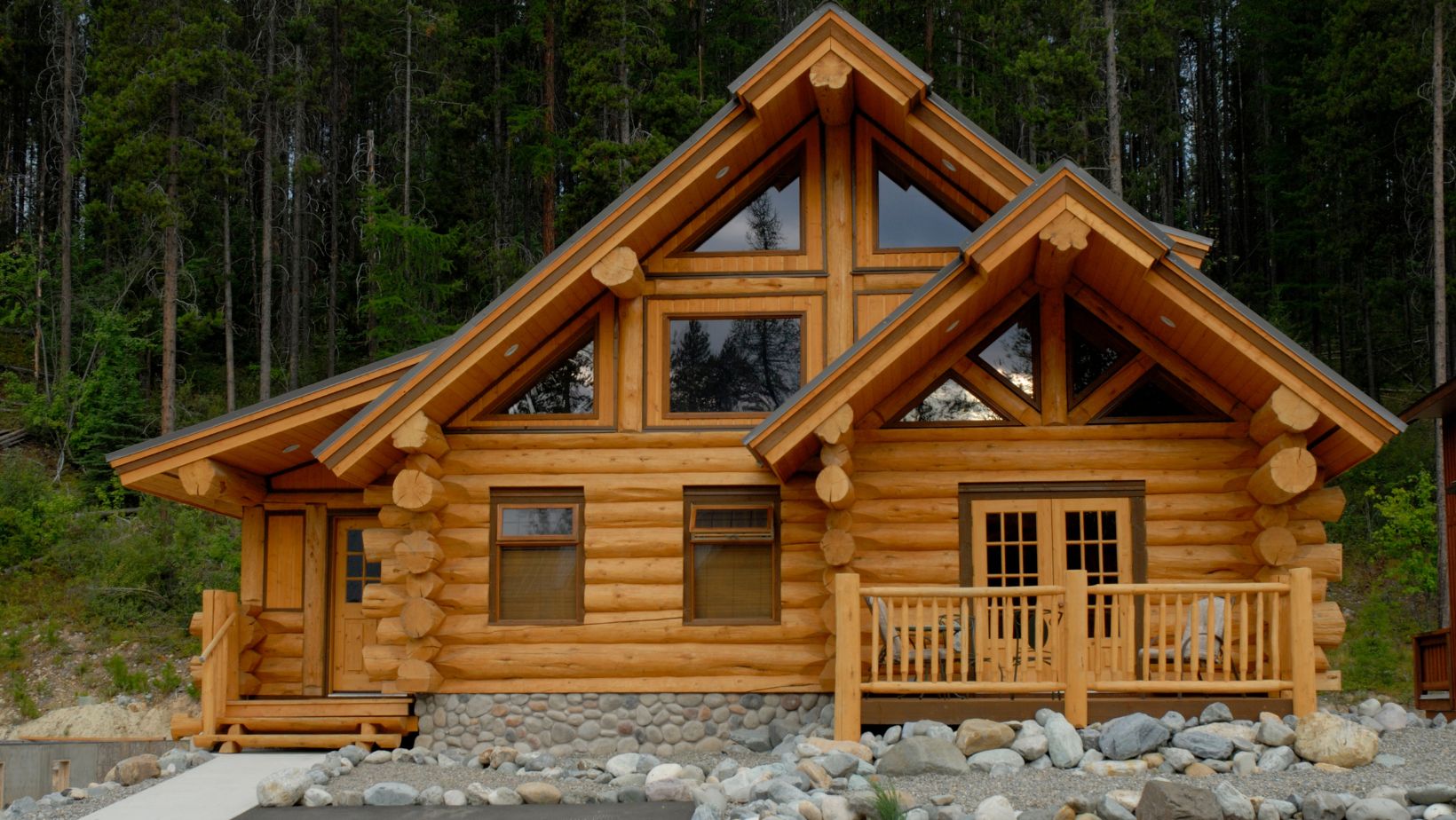
Do the following to get rid of termites:
- Look out for thin mud tubes that begin from the floor of the building and go up vertical surfaces.
- Get a termite expert to get rid of the insects and also inject an insecticide that will surround the perimeter of your building.
Look for the Nests of Carpenter Ants
Carpenter bees are well-known for boring long tunnels into wood. Locating the nests of these insects can be challenging because their tunnels extend several feet in length. Fortunately, these bees build little sawdust mounds at the entrances to their tunnels. To locate carpenter bee nests, look for evidence of pollen deposits, sawdust, and insect trails that buzz.
To eliminate carpenter bees, do the following:
- Use a regular insecticide to deal with a minor infestation.
- You should get a stronger insecticide from your neighborhood hardware or log home shop for a major infestation.
- Apply the bee deterrent to the nest and tunnel locations.
- If required, consider using a product containing borate afterward.
- To avoid more issues, don’t forget to cover the cracks around early fall or late summer.
Conclusion
If you’re looking for ways to protect your log house from insect damage, the article above has just provided you with all the tools you need. Whether it is termites, carpenter ants, carpenter bees, powderpost beetles, long-horned beetles, flat-headed wood borers, etc., these methods will keep them away from your home. Try out these tips now before you lose your home.

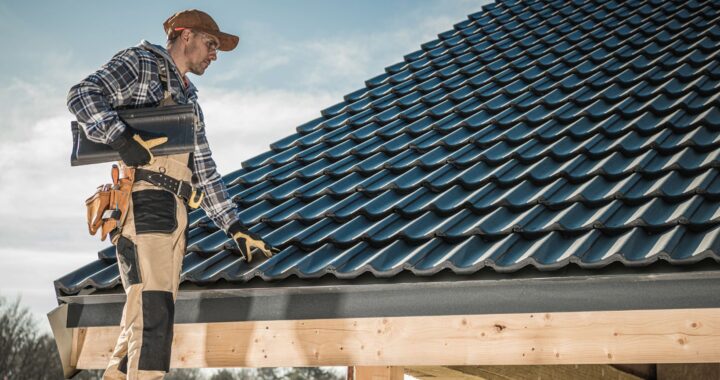 How to Perform a Roof Inspection
How to Perform a Roof Inspection 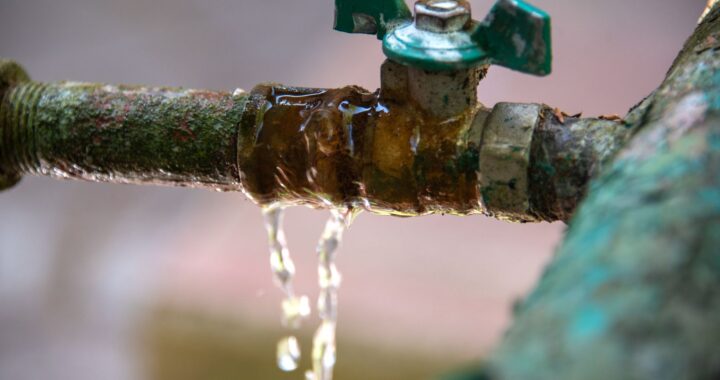 What to Do After Water Damage in Toronto
What to Do After Water Damage in Toronto 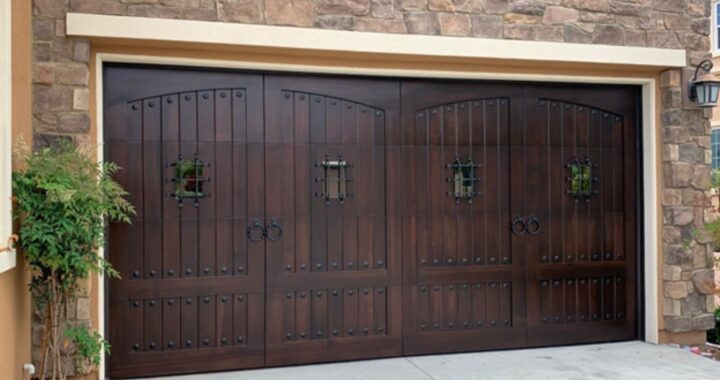 How to Keep Your Garage Door and Gate Running Smoothly Year-Round
How to Keep Your Garage Door and Gate Running Smoothly Year-Round